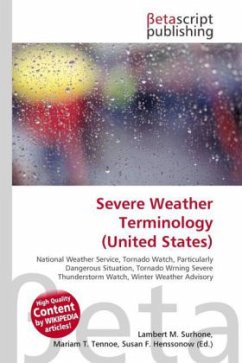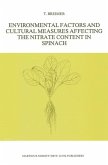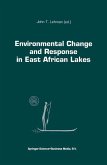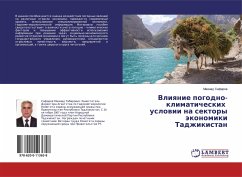Soybean crop has seen phenomenal growth in area and production in India in the recent decade. Future climatic change is likely to have substantial impact on soybean production depending upon the magnitude of variation in CO2 and temperature. Increased temperature signi cantly reduces the grain yield due to accelerated development and decreased time to accumulate grain weight. Therefore, to explore the possibilities of introducing the crop under new environments viz. arid, semi-arid regions and employing options to sustain the soybean production under different anticipated regional climate change scenarios; a research experiment on weather responses in soybean crop grown under three sowing dates using four soybean varieties (SH-40, PS-1042, PK-416 and DS-9814) was undertaken. It was concluded from the research experiment that delay in sowing from May resulted in decline in plant height, dry matter accumulation and yield among the cultivars. Harvest index and attraction index were maximum in PK-416 and lowest in SH-40. A differential decrease in LAI was noted in four cultivars in later reproductive stages due to leaf senescence.
Bitte wählen Sie Ihr Anliegen aus.
Rechnungen
Retourenschein anfordern
Bestellstatus
Storno








